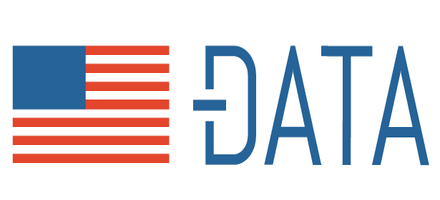You’ve heard the hype about Big Data. But how much of that data is available to the public? Private corporations control the access and distribution of data that they collect, and may be unwilling to share it or may charge high prices. The United States Government, however, has made a broad sweeping commitment to providing public access to data collected by federal agencies.
In 2009 the White House issued the “Open Government Directive” which required each federal agency to take prompt steps to expand access to information by making it available online in open formats. The stated goals of this directive were to increase accountability, promote informed participation by the public, and create economic opportunity.
As a starting point, each agency was required within 45 days to publish online in an open format at least three high-value data sets and register those data sets via Data.gov.
Data.gov was thus launched on May 21, 2009 as the official central portal for identifying open data sets from government agencies. It is updated nightly and currently includes information about 190,000 datasets, from 76 agencies and subagencies, and 56 states and local governments.
The “Open Government Directive” was followed in 2013 by an executive order signed by President Obama that made open and machine-readable data the new default for government information.
In addition to Data.gov, California and San Francisco have also established official portals for sharing government data:

